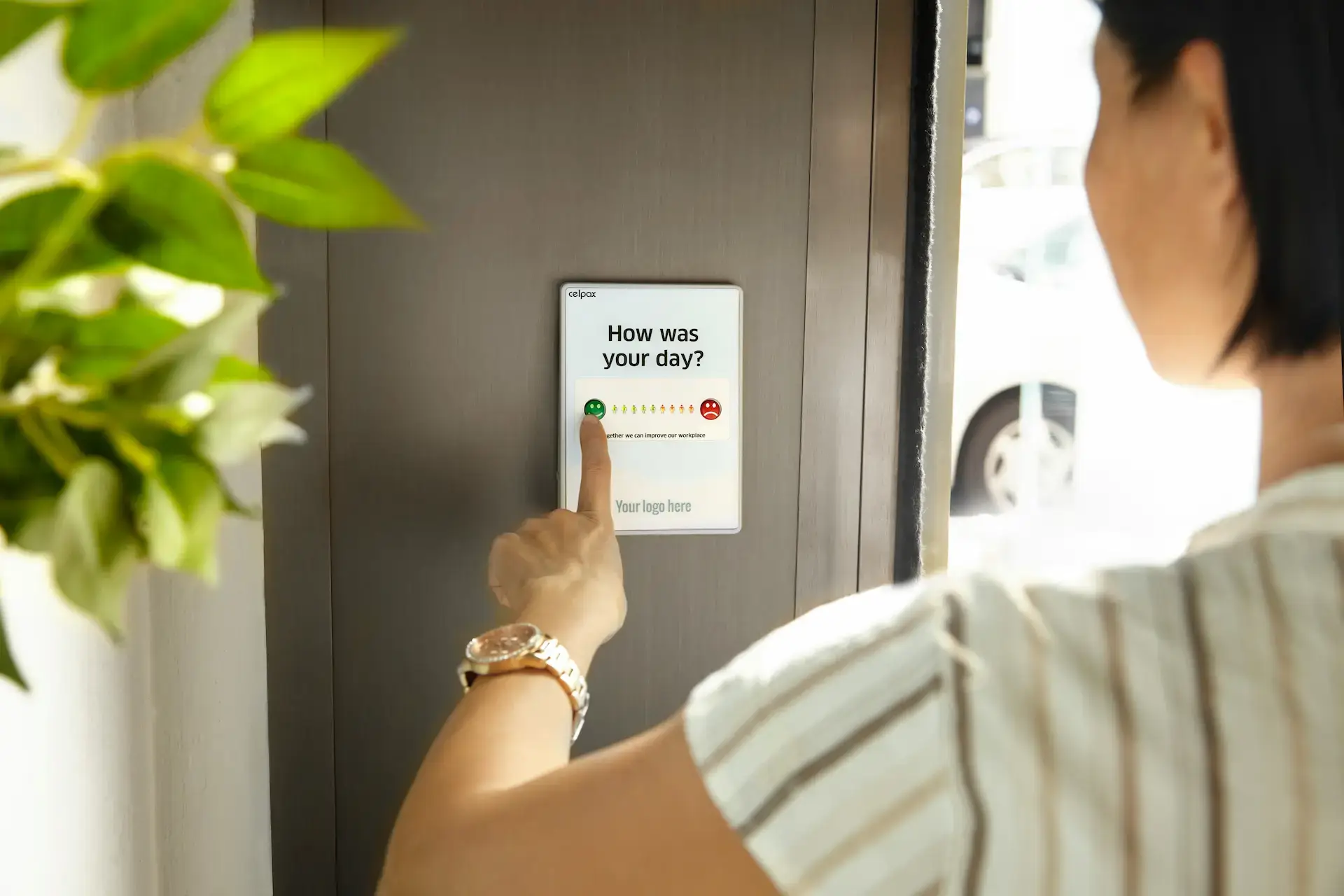From our episode:
In the digital age, measuring customer experience (CX) has become easier than ever, with tools that track customer behavior and feedback in real time. But for businesses with a physical presence, the process is far more complex. Unlike online environments, where data is readily available, physical spaces rely on alternative methods to understand customer satisfaction and identify areas for improvement.
This article highlights three effective methods that businesses can use to measure CX in the physical world, along with practical advice to turn insights into action.
1/ Leveraging google reviews for actionable insights
Google Reviews are a powerful tool for gathering customer feedback, particularly for physical businesses. Unlike platforms like Trustpilot, which focus more on e-commerce, Google Reviews are location-based, making them ideal for businesses with a physical presence. The wealth of information available through these reviews can provide valuable insights when utilized effectively.
Why Google Review work?
Google Reviews capture two key data points: ratings and text-based feedback. With advancements in AI, these reviews can now be analyzed at scale, uncovering patterns and actionable insights. By linking reviews to specific store locations, operating hours, or customer service interactions, businesses can identify recurring issues and address them promptly.
For example, analyzing reviews with AI might reveal trends such as delays during peak times or frequent mentions of unhelpful staff. These insights enable businesses to take swift, targeted actions, improving operational efficiency and customer satisfaction.
Encouraging detailed reviews
The key to maximizing the value of Google Reviews lies in encouraging customers to leave detailed and meaningful feedback. Clear communication with customers is essential; teams should explain the importance of reviews and ask for honest feedback—positive or negative—without relying on incentives like discounts or coupons.
Another effective strategy is integrating review requests into post-visit touchpoints. For instance, after completing a survey, customers can be directed to leave a Google Review, seamlessly closing the feedback loop. This approach not only increases review volume but also enhances the quality of feedback, offering deeper insights into customer experiences.

2/ Using tablets and QR codes for real-time feedback collection
Tablets and QR codes are effective tools for collecting immediate feedback in physical spaces. These methods allow businesses to capture customer input right after their experience, ensuring fresh and relevant data.
Benefits of tablets and QR codes :
- Real-time insights: Tablets and QR codes collect feedback on-site, providing actionable insights at the moment of interaction.
- Ease of use: QR codes offer a touchless alternative, allowing customers to use their own devices to complete surveys.
- Customizability: Both methods enable businesses to tailor feedback forms to specific touchpoints, such as store exits or dining areas.
For example, a QR code placed at a restaurant exit can lead customers to a quick survey, while a tablet stationed at a service desk may capture detailed feedback about the experience. QR codes are particularly versatile, as they can be printed on receipts, menus, or signage, making them easily accessible without requiring expensive hardware.
Maximizing response rates
To encourage participation:
- Place QR codes and tablets at high-visibility locations, such as entrances, exits, or checkout counters.
- Use eye-catching designs or playful messaging to grab attention.
- Keep surveys short and focused, ensuring they are easy to complete quickly.
By combining tablets and QR codes, businesses can offer flexible feedback options, catering to different customer preferences while gathering high-quality insights.
3/ Exploring facial recognition technology in feedback
Facial recognition technology is a promising innovation in CX, using AI to analyze facial expressions and emotions in real time. It can identify customer sentiments such as:
1/ Happiness : Indicating a positive experience.
2/ Frustration : Highlighting areas of dissatisfaction, such as long wait times.
3/ Indifference : Suggesting disengagement or lack of connection.
For example, in a retail store, this technology could detect frustration at crowded checkout counters, enabling staff to step in and address the issue immediately.
While facial recognition offers exciting possibilities, there are important limitations:
- Privacy Concerns: This method relies on sensitive biological data, requiring explicit consent. Regulations, particularly in Europe, impose strict guidelines on its use.
- Lack of Context: Although emotions can be detected, their causes remain unclear. A customer’s smile might result from a personal event rather than their experience at the store.
Due to these challenges, facial recognition should not be used as a standalone solution. Instead, it works best as a supplementary tool, enhancing insights gathered from other methods like Google Reviews or tablet feedback. This combination can provide a fuller picture of customer behavior without relying solely on emotional data.
Conclusion
Measuring CX in the physical world requires innovative approaches to overcome unique challenges. By using tools like Google Reviews, tablet feedback, and facial recognition, businesses can collect actionable insights and improve customer satisfaction. Each method has its strengths, but when combined thoughtfully, they offer a comprehensive view of customer needs and behaviors, enabling more effective improvements.



